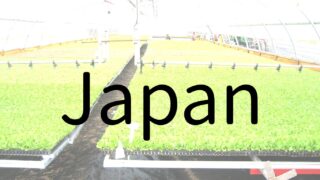In Japan, agricultural prices and quantities have experienced notable shifts in recent years. The value of domestic agricultural output has remained steady at around ¥9 trillion, although this represents a decline from the ¥10 trillion seen in the 1990s. Livestock production leads, followed by vegetables, rice, and fruitNIPPON.COM | YOUR DOORWAY TO JAPAN.Rice prices saw an 11-year high in 2023, driven by summer heat that reduced both quality and stock. Prices for 60 kilograms of unpolished rice surged 14% compared to the previous yearNIPPON.COM | YOUR DOORWAY TO JAPAN. The quantity of rice produced fell slightly in 2023, with demand also dropping by about 10% over the past decade. However, foreign demand has started to increase, partly due to the return of international tourismNIPPON.COM | YOUR DOORWAY TO JAPAN.The agricultural import landscape has also changed significantly, with imports now matching domestic production levels, partly due to the weakening yen and increasing demand for products like wheat from countries such as the U.S. and CanadaNIPPON.COM | YOUR DOORWAY TO JAPAN.These changes reflect ongoing challenges in domestic farming, including an aging farmer population and shifting consumption patterns.
 Japan
Japan Japan’s Grain Production: Rice Dominates with Soybeans & Wheat Exports
Japan's grain production focuses on rice, with rising demand for soybeans, wheat, and animal feed amid limited exports.
 Japan
Japan [Japan] Latest data and top graphs on production volume of leafy stems and fruit vegetables
Abstract In Japan’s vegetable production in 2022, cabbage recorded the largest production volume of 1.46 million tonnes ...